The Artists
Kiron Sinha
Kiron Sinha (1916-2009) was an influential member of the Santiniketan School of Artists. From 1933 Kiron trained under Nandalal Bose, the leader of the Bengal School of Art, at Kala Bhavana, (the Institute of Fine Arts) at the Visva-Bharati University in Santiniketan. Other influential teachers included Ramkinkar Baij, Surendranath Kar, and Benode Behari Mukherjee. Kiron received his Diploma in Fine Art on 24 December 1938.
During a visit to the university in Santiniketan, in about 1934, Rabindranath Tagore admired Kiron’s work saying he was an artist to watch and could be expected to develop well. Tagore was the founder of the Visva-Bharati University, a Nobel Laureate, writer, poet, and artist. Tagore’s words inspired the young Kiron to work hard. For the rest of his life he revered Tagore and regarded him as a patron.
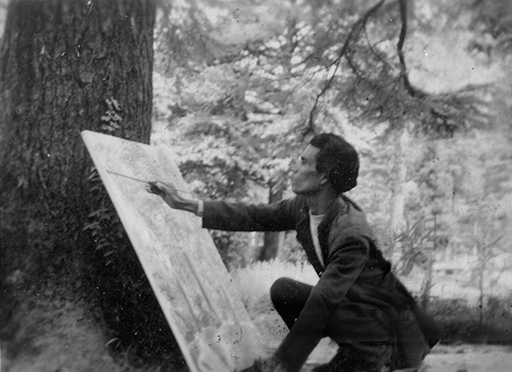
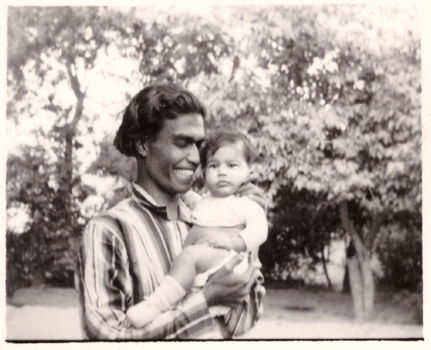
In 1937 Kiron was granted a scholarship by Rabindranath Tagore to travel to Nanjing, China to study Chinese classical painting as a scholar of the Sino-Indian Cultural Society. However, within two months of his visit, The Yenan War broke out, forcing Kiron to return to India, arriving in Madras. There he met Viennese-born artist and art teacher, Gertrude Hirsch, and the couple married in November 1938.
Kiron and Gertrude lived and worked in many parts of India but settled in Santiniketan, West Bengal and used their home there as a base.
Kiron’s prodigious artistic output was generated in his studio in Santiniketan, where he worked full-time as an artist. Here he captured life around him, sketching in the local villages and other places he visited, and creating splendid paintings in his studio. As he matured he broke away from the traditions he was taught at the university and developed his own style, full of vitality and colour.
In the late 1970s Kiron’s eyesight started to fail and by the late 1980s he could see only shades of dark and light. Within a few years he was completely blind and several attempts to save his sight were unsuccessful. Blindness did not deter his artistic drive; instead of painting he put his energy into sculpture, filling the garden with large pieces dedicated to those he loved and admired. Kiron died peacefully at home in Santiniketan in 2009, aged 94. He continued to sculpt until a few months before his death.
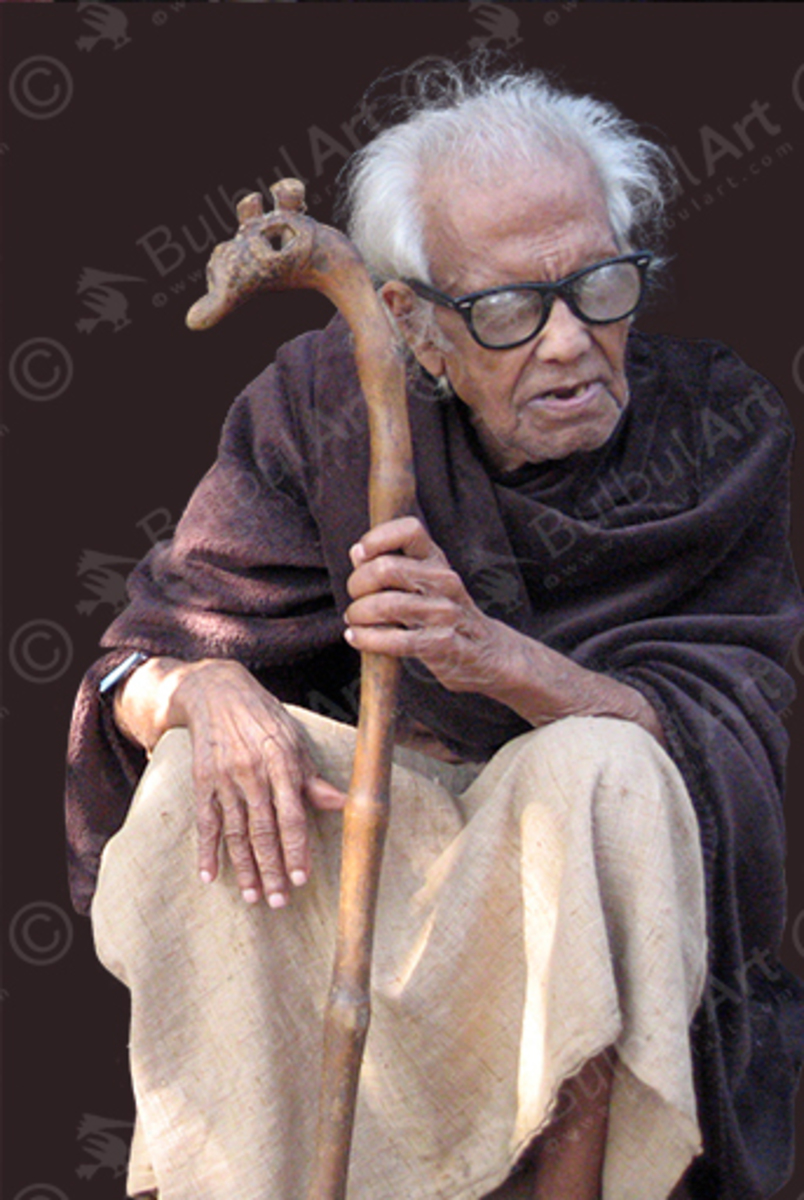
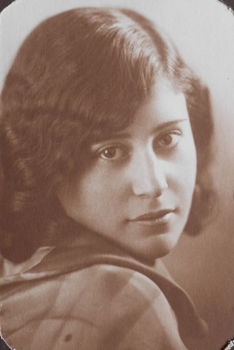
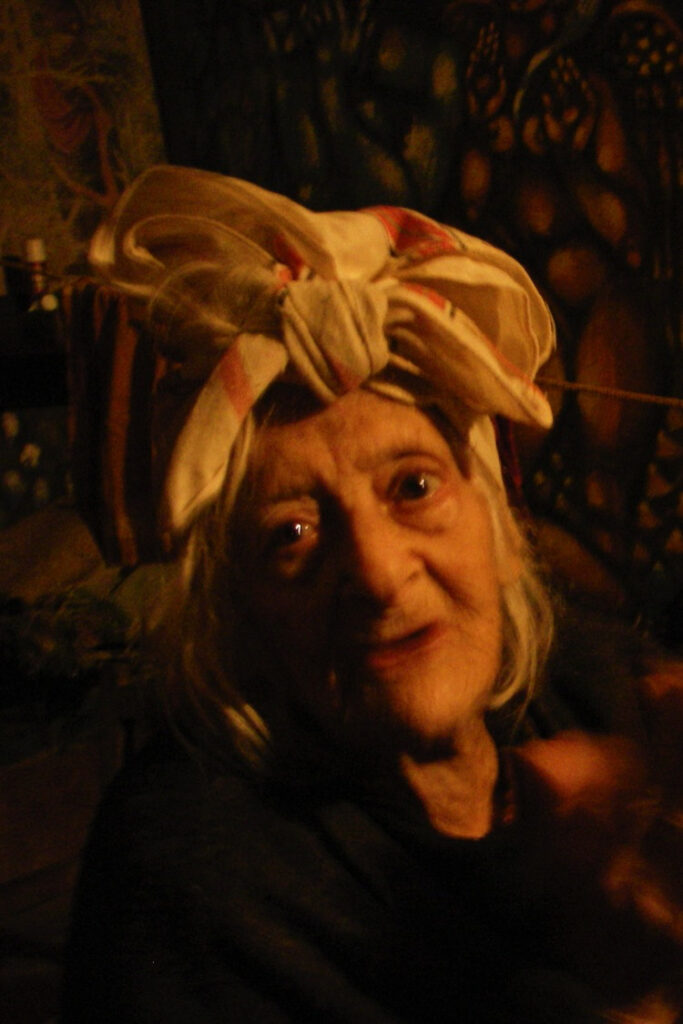
Gertrude Sinha Hirsch
Kiron’s most important inspiration was his wife, Gertrude. Gertrude Hirsch (1911-2011) was born in Vienna, Austria. She gained top honours in her Diploma of Fine Art from the University of Applied Arts, Vienna in 1936. Members of the Theosophical Society frequently visited Vienna. Rukmini Devi admired her talent, experience, and academic qualifications and sponsored her to work in India. She emigrated to Madras (now Chennai) towards the end of 1936 to teach art to children at the Theosophical Society’s new educational complex, Kalakshetra, Adyar, Madras.
Gertrude established herself in the artistic community in Madras and met many other young artists. Amongst them was Kiron Sinha, newly returned to India from a study tour of China. Within a year Kiron and Gertrude married and so started a life of extraordinary productivity and beauty. They were married for 72 years, until Kiron’s death, and in that time lived in many parts of India, although from 1951 their base was their home, Bulbul Art Gallery, in Santiniketan, West Bengal.
Gertrude was an ardent admirer of Kiron’s work and she influenced the style and content of his art. In fact, Kiron acknowledged her as his greatest influence, his mentor and teacher, and his muse. Although it is Kiron’s huge body of work that remains, they also produced works together.
Gertrude and Kiron lived an ascetic life in their Santiniketan home. In the last 15 years of their lives they rarely left their compound, relying on trusted friends to help them with their daily lives. Gertrude celebrated her 100th birthday at home on 15 June 2011 with friends and family: see the videos part 1 and part 2. She died quietly at home a few months later.
Bulbul
In June 1945 Kiron and Gertrude’s daughter was born in the hill station town of Musoorie, near Dehradun, Uttarakhand. They named her Kamona but as she grew her musical talents became evident and she was nicknamed Bulbul after the sweet singing bird. She was to be their only child. Bulbul’s birth led to the decision to settle permanently in Santiniketan, West Bengal. Santiniketan was then the centre of Indian culture, a familiar town for Kiron, Bengali-speaking but with an eclectic culture and a diverse population of artists and scholars from many nations. They gradually built their house and studio in Rattanpalli, Santiniketan and named it Studio Bulbul, after their daughter. Later it became the Bulbul Art Gallery. Santiniketan remained their base for the remainder of their lives.
Sadly, in 1972, Bulbul died tragically after a fall in her bathroom at their home. Her parents were devastated and after her death the nature of Kiron’s art took a turn towards the spiritual examination of the love between Krishna and Radha. Kiron filled the garden with sculptures most of which bore Bulbul’s beautiful face.
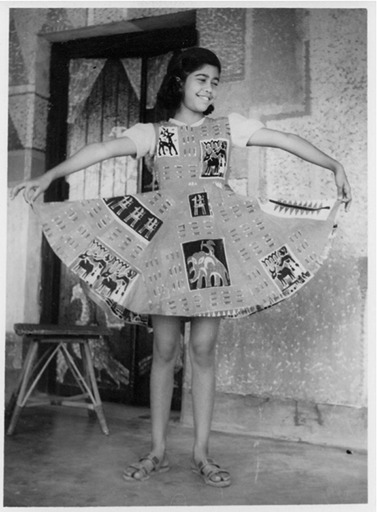
Patrons
Throughout his artistic life Kiron acknowledged his patrons. His brother-in-law, Leo Hirsch, who had emigrated to Australia in 1938, regularly wrote to his Indian family and provided Kiron with colours and other necessities. In 1963 Leo sponsored Gertrude’s trip to Australia with her daughter, Kamona (aka Bulbul) and many paintings. She held exhibitions in Adelaide, Melbourne, and Sydney where many paintings were sold.
Leo and his wife, Gerda, kept up their correspondence with Kiron and Gertrude throughout their long lives. Their son, Robert, with his wife, Verna and daughter, Lily, took over the main letter writing and support parcels from the mid-1980s. They also visited Santiniketan from time to time.
The Prime Minister of India, Indira Gandhi met the Sinhas at one of their exhibitions in Delhi and became friends with them. She visited the Studio Bulbul in Santiniketan on three occasions, arriving by helicopter, and bought a number of Kiron’s paintings which she gifted to foreign dignitaries and public institutions. On the evening of 31 October 1984, the day that Kiron started work on a large sculpture of Mrs Gandhi, he heard the distressing news of her assassination.
Publications
You can read more about Kiron and Gertrude in the various publications about them and their work.